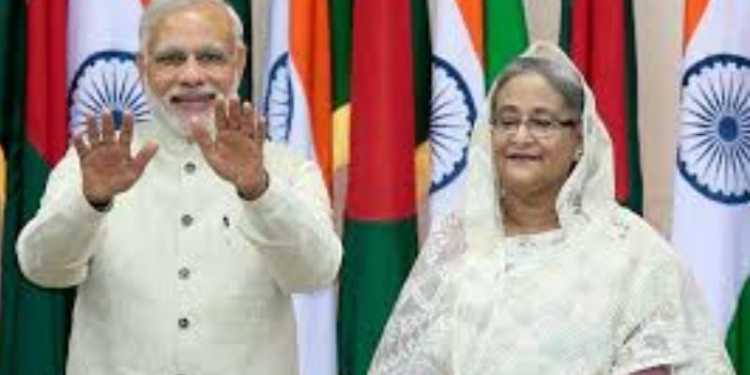This week Bangladesh will formally shed the tag of Least Developed Country or LDC. The LDC status is decided on the basis of socioeconomic development in the country. India has played a very important role in the development of Bangladesh since the inception of the country. In fact, India was responsible for the freedom of Bangladesh from the clutches of Pakistan’s domination. India fought a full-scale war with Pakistan for the freedom of Bangladesh under the leadership of Indira Gandhi. India crushed Pakistan with a decisive victory to free Bangladesh, and gave its leadership to Sheikh Mujibur Rahman, the leader of Mukti Vahini, which fought for the freedom of the Bangla people from the alien rule of Pakistan.
Since the country became independent, India has supported its development at every step, which have helped it shed its LDC status. These steps have been through investments, Line of Credit at concessional rates, grants, market access for Bangladeshi products and a laxed visa regime. The Line of Credit India provides to the Bangladeshi economy is almost $8 billion, the biggest it provides to any country. Beside the huge line of credit, India also gives financial aid to Bangladesh which has contributed to the country’s infrastructure, power and railway sectors. India gave concessions to Bangladesh in South Asian Free Trade Agreement (SAFTA), and thus the bilateral trade between the two nations is growing exponentially. The Northeast and West Bengal is a huge market for Bangladeshi products, and the Indian government has promised huge investment in infrastructure development in the Northeast which will make those markets more accessible for Bangladeshis. India is also building a railway line to connect the Eastern nation to Northeastern states, with almost all the money given by India.
In last decade, the Bangladeshi economy has grown very fast, and has become the second largest garments exporter, third largest outsourcing country, fourth largest rice producer, fifth largest freshwater fish producer, the fifth largest supplier of legal migrants in the world, eighth largest remittance earning country, and tenth largest food grain-producing country. The nation has a large population of almost 16 crores with a literacy rate of around 66 percent. As of now, the GDP growth of the country is 7.28 percent but its potential is well above that because it can provide cheap labor for manufacturing. The labor-intensive industries are slowly moving out of China, because with the last three decades of economic development labor is now costlier in the country in comparison to India and Bangladesh.
There are large oil and gas reserves in eastern and southern areas of Bangladesh, while the Bay of Bengal, some part of which comes under its control, also has large natural gas reserves. Oil and Natural Gas Corporation (ONCG), an Indian company is involved in production and exploration of natural gas in Bengal. Bangladesh has also allowed India to ferry heavy machinery, turbines, and cargo through Ashuganj for Palatana Power project in southern Tripura. As much as 600 MW of power is flowing through the two existing inter-connections between India and Bangladesh. Additional power connections could enable Bangladesh to draw another 1,000 MW of power. The Indian government has taken major infrastructure initiatives in the country, and most recently launched a liquefied natural gas (LNG) terminal in Bangladesh which will be mutually beneficial. The LNG terminal building is also a counter to the string of pearls project of China through which they are building ports and special economic zones in Bangladesh.
Bangladesh would now require substantial foreign investment to broaden its export base which is stagnating due to protectionist measures that were taken by countries around the world. The pace of economic growth of the neighboring country should encourage Indian investors. Indo-Bangladeshi cooperation will be beneficial for both countries economically as well as strategically. Bangladesh shedding the LDC tag can be attributed to the immense economic cooperation it has enjoyed with its liberator.


































